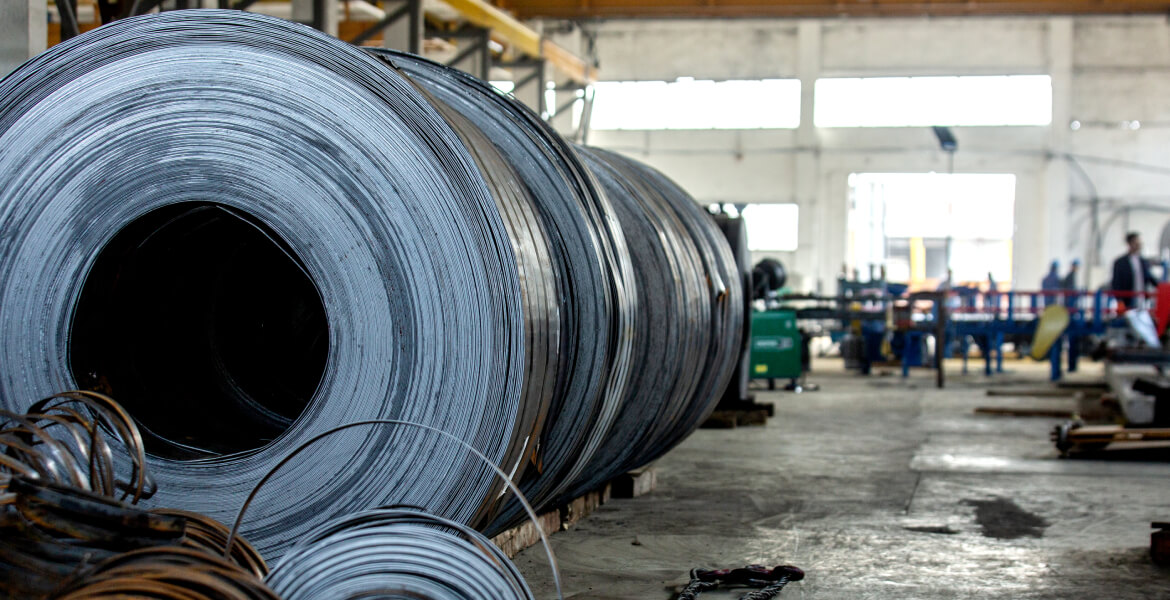The Role of Advanced Materials in Renowned Structures

In the construction industry, staying abreast with cutting-edge advancements is a hallmark of expertise. In recent times, the integration of highly sophisticated materials has significantly influenced the field. These materials, including specially treated TMT iron rods, TMT steel bars, and TMT rebars, have quietly reshaped the landscape of modern construction, showcasing the depth of knowledge and innovation within the industry.
The process known as Thermo-Mechanical Treatment (TMT) has discreetly become a cornerstone of structural engineering. It involves subjecting iron rods, steel bars, and rebars to precisely controlled heating and cooling cycles, resulting in remarkable enhancements in material properties.
One of the standout attributes of these advanced materials is their exceptional strength and longevity. This feature makes them indispensable in the construction of towering skyscrapers, expansive bridges, and critical infrastructure projects. They are designed to withstand the harshest conditions, ensuring the structural integrity of buildings and reducing the long-term maintenance burden.
Some of the world's most prestigious structures, such as the Burj Khalifa, Shanghai Tower, and One World Trade Center, have subtly incorporated these materials into their frameworks. The incorporation of TMT materials has provided them with unparalleled tensile strength and earthquake resilience, symbolizing the profound knowledge and craftsmanship of the engineers behind these iconic buildings.
Furthermore, These materials align with the broader global trend toward sustainable building practices. Their efficient production process consumes fewer resources and energy, compared to conventional materials. This understated commitment to environmental responsibility reflects the industry's unwavering dedication to sustainable progress.
In sum, the integration of advanced materials like specially treated TMT iron rods, TMT steel bars, and TMT rebars into architectural wonders subtly showcases the depth of knowledge and innovation within the construction domain. These materials have not only pushed the boundaries of structural engineering but also underscored the industry's commitment to durability, resilience, and sustainability in their constructions.






